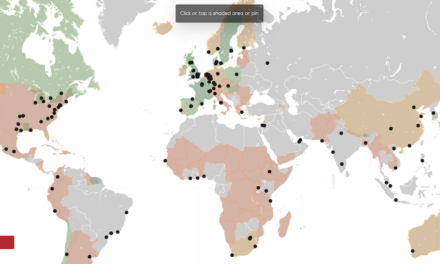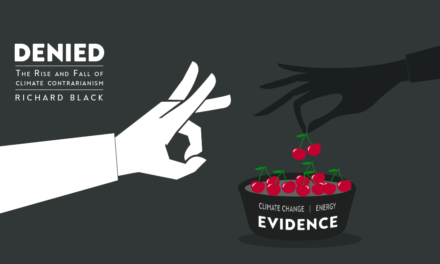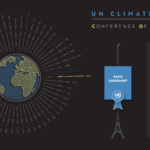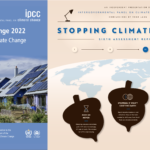Lots of commitments to climate action, but no room for complacency
BY SANDER CHAN & JACOPO BENCINI
The 2018 Global Climate Action Summit (GCAS) — held from 12 to 14 September in San Francisco — was possibly the largest climate summit in history specifically focused on business, civil society and local actors. Sander Chan and Jacopo Bencini, of the German Development Institute/Deutsches Institut für Entwicklungspolitik (DIE), guide us through the potential and the performance of non-state and subnational climate action. Their original brief can be downloaded here.
The location of the 2018 Global Climate Action Summit (GCAS) was not accidental. The state of California and its Governor Jerry Brown have responded to the failing climate leadership of the current U.S. administration with a strong mobilisation of all kinds of climate action. In the days before the conference, Brown signed a set of executive orders aimed at decarbonising California’s power generation, and its economy in general, by 2045.
“An ambitious goal for a U.S. state, which by itself could be considered the fifth largest economy in the world.”
The level of ambition by California even took environmentalists by surprise, who did not expect such action from a State that also produces significant amounts of fossil fuels; and from a Governor who has issued thousands of oil and gas drilling permits during his administration.
Source: NAZCA Climate Action Portal
On a global scale, however, local and non-state leadership in climate action is no longer an exception. The amount of commitments – for example to reduce greenhouse gas emissions that cause climate change and to adapt to climate impacts – is ever increasing in scale and scope. The UN currently records thousands of commitments by companies of all sizes and from all sectors. Cities provide local leadership in great numbers, both in developing and developed countries. Civil society organisations increasingly adopt two-pronged strategies, which include fierce advocacy and criticism of unsustainable practices, but also strong collaboration with willing economic and local leaders to achieve tangible progress.
In a rare wave of positive climate news, a host of reports released in advance and during the summit pointed out the extraordinary scale and mitigation potential for different sectors and different types of actors around the world. For instance, ‘America’s Pledge’ – a collaborative initiative of US-based non- state and subnational climate actors – reported that US-based non-state and subnational commitments – if fully implemented – could put the U.S. within striking distance of achieving its 2025 target – despite political backtracking by the federal government. Another report estimates that cooperative non-state and subnational actions such as the Under2Coalition, RE100, C40 and the Covenant of Mayors, could cut global emissions in 2030 by about a third.
“Cooperative non-state and subnational actions could cut global emissions in 2030 by about a third.”
While much attention focused on the great potential of non-state and subnational climate actions, less is known about their performance. New research by the ClimateSouth project, a cooperation between DIE, Blavatnik School of Government at Oxford University, The Energy and Resources Institute (TERI), and the African Centre for Technology Studies (ACTS), shows that cooperative actions between non-state and local actors are increasingly delivering on their promises. According to ClimateSouth, the output performance – defined as the production of relevant outputs that suit the aims of individual initiatives – has improved significantly between 2013 and 2017. Encouragingly, an increasing number of non-state and subnational actions is benefiting developing and emerging countries, where most of future emissions growth can be expected, and where vulnerable communities already feel the impacts of climate change. The report also pointed out how such climate actions potentially generate multiple sustainable development benefits.
Although the GCAS celebrated all kinds of action by a multiplicity of actors, there is no room for complacency. The real question is: what will happen after the summit? While non-state and subnational actions can help to implement national pledges to act on climate change, much more needs to be done as current pledges fall far short of the low-carbon and sustainable vision set out in the Paris Agreement. Moreover, with greater non-state and subnational engagement, national governments are by no means off the hook. Instead, the wave of non-state and subnational actions should motivate them to review their own policies and to adjust their climate targets upwards.
Only then do we have a chance to reign in global warming in time, and to give sustainable development a chance.
___
Sander Chan Ph.D. is a political scientist specializing in international environmental governance. He is senior researcher at the German Development Institute and obtained his Ph.D. from VU University Amsterdam. Follow Sander
Jacopo Bencini holds an MA in International Relations and he is currently conducting research on climate negotiations and international energy policy. Follow Jacopo









